Tires are an essential safety feature of a car, but drivers frequently overlook them. If they are under-inflated or poorly chosen, the risks can be significant in safety and car insurance. This post tells you everything you need to know to make the right choice.
Summary
1. Which tires to choose for your car?
2. What should you look for when buying a tire?
3. What is the correct pressure for a tire?
4. What are the risks of an under-inflated or over-inflated tire?
1. Which tires should you choose for your car?
There are four types of tires:
– The summer tire: summer tires offer impeccable road handling when the temperature is above 7°C. Unsurprisingly, they are not suitable for driving on snow.
– The winter tire: professionals recommend fitting winter tires at the beginning of December when temperatures are about to drop below 7°C.
Winter tires have a better grip and are designed to evacuate water and thick snow better, limiting the risk of aquaplaning and accidents.
– The four-season tire: because of its structure, it adapts to all weather conditions. Its versatility is a good compromise between summer and winter tires. Its form allows it not to harden in winter because of the cold and maintain the same quality of grip on both dry and wet surfaces.
Another considerable advantage of all-season tires is that they do not need to be changed twice a year. Of course, this comes at a cost, and a four-season tire is generally more expensive than a winter or summer tire.
– The “run-flat” or puncture-proof tire is mandatory for cars without a spare tire and allows them to drive 200 km at 80km/h with a “flat” tire.
2. What should you look for when buying a tire?
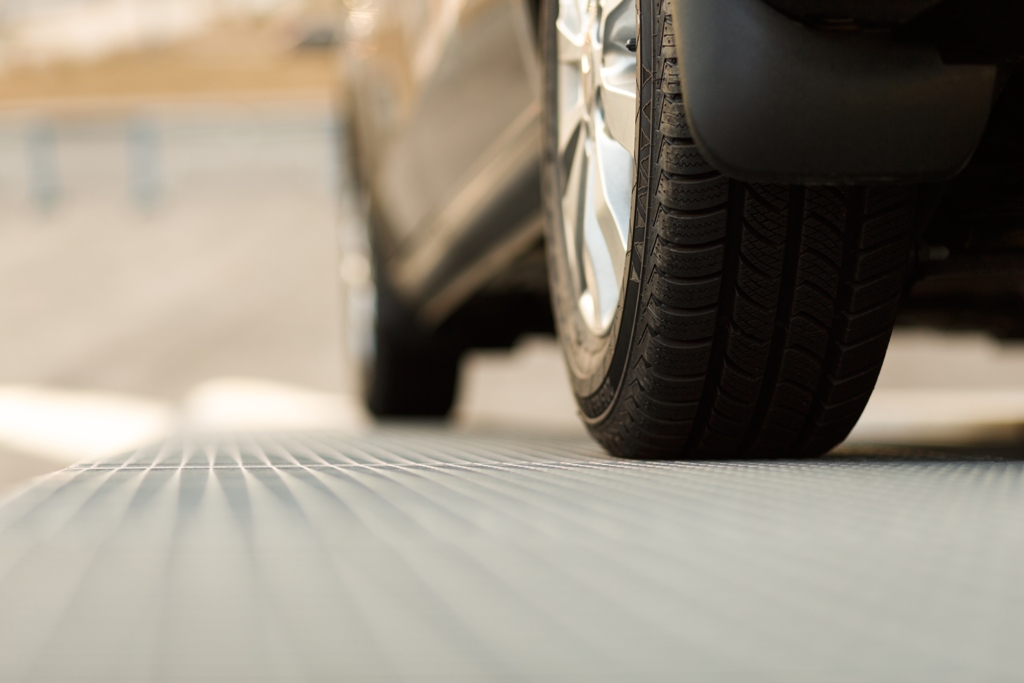
– Its grip level;
– Its structure: it must be worked in such a way as to evacuate water. Beware of tires that are too smooth.
– The climatic conditions of the region where you usually drive;
Tires are now subject to a label similar to household appliances to help you make your choice. They are classified from letter A to letter G according to the following three criteria:
– Their rolling resistance. This has an impact on your fuel consumption. The difference in fuel consumption between a class A tire and a class G tire can be 7.5%.
– Their braking performance on wet roads. This is a crucial criterion from a safety point of view. The difference between a class A and a class G tire is a distance of more than 18m when braking on a wet road.
– Their rolling noise. This criterion measures the noise of tires outside the passenger compartment to combat noise pollution. This reduced noise also makes your ride more comfortable when your windows are opened.
More seriously, tires are the cause of highway breakdowns and fatal accidents on freeways, whether due to under-inflated or over-inflated tires, a flat tire, or a blowout.
3. What is the correct pressure for a tire?
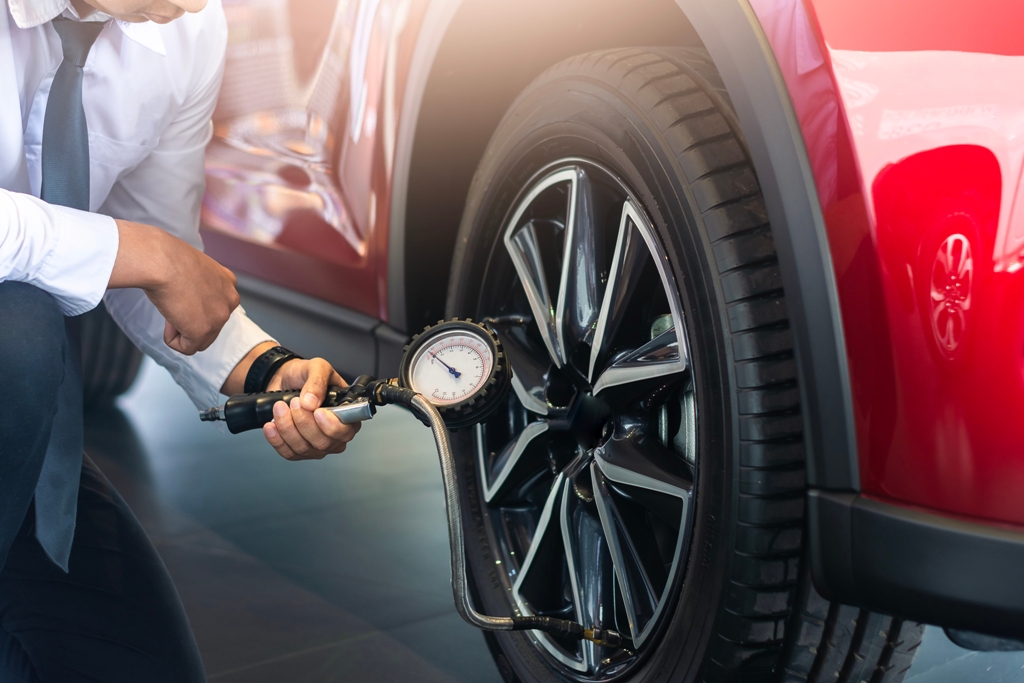
Your tire pressure should be neither too low nor too high. To be sure, check your tire pressure when the tires are cold (i.e. after driving less than 5 km) at least once a month when you go to the gas station and before each long trip.
To avoid any risk, make sure you follow the pressure recommended by your vehicle’s manufacturer, which is usually indicated on a sticker on the driver’s door or in your car documents.
4. What are the risks of an under-inflated or over-inflated tire?
– An under-inflated tire can burst at any time by hitting a simple sidewalk, for example.
Its braking capacity and grip are altered, resulting in a longer stopping distance when you break and an increased risk of going off the road.
Less serious but costly, an underinflated tire also increases your fuel consumption by 10%.
– Over-inflation damages the center of your tire’s tread, which again affects braking and traction.
However, when your car is significantly loaded, you should slightly overinflate your tires to support the extra weight. If the weight distribution is uneven, the tire will deform and overheat, resulting in higher fuel consumption.
Finally, in case of an accident caused by insufficient maintenance of your tires (under-inflated, damaged…), your car insurance can refuse to compensate you if it succeeds in proving negligence on your part!

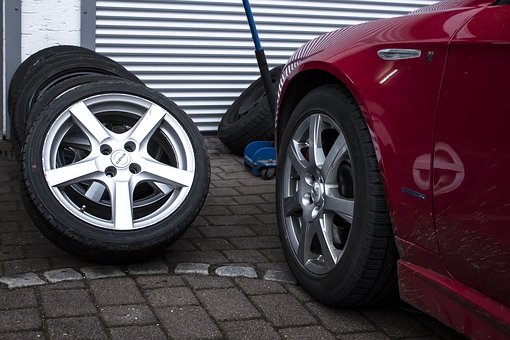

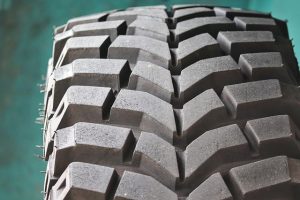
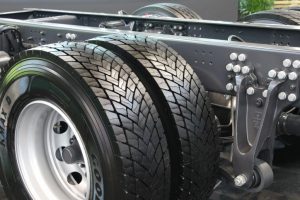
One thought on “Everything You Should Know About Tires”